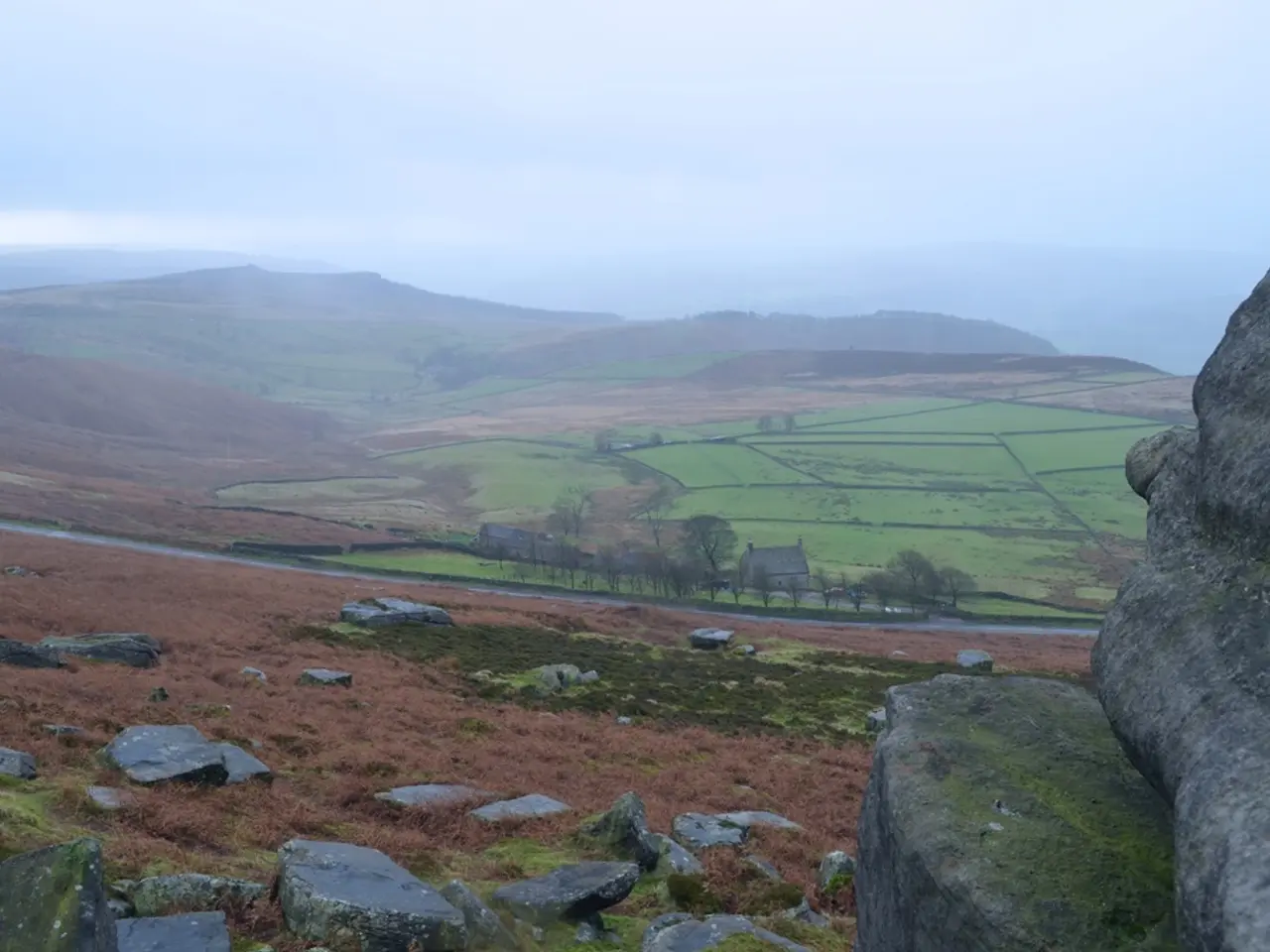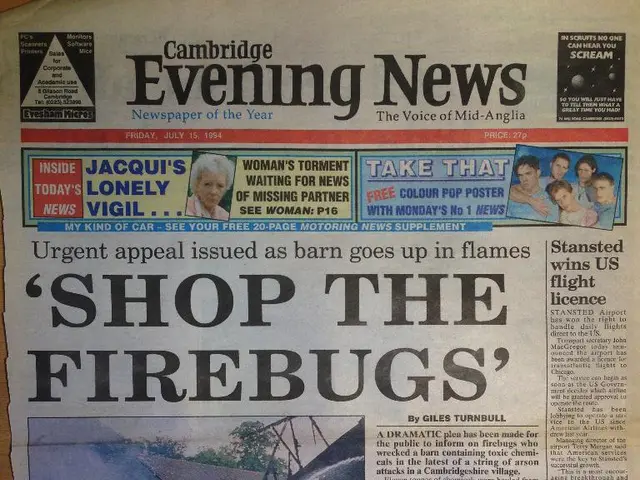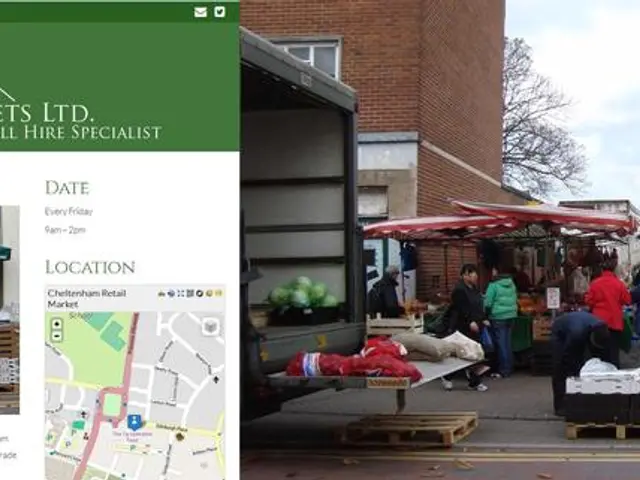A youthful Maasai cattle herder cradling a young goat within a livestock pen situated alongside a road adjacent to the Serengeti National Park.
In the heart of northern and coastal Kenya, the Northern Rangelands Trust manages 39 community conservancies spanning over 16,200 square miles (42,000 square kilometers). These conservancies, home to around 320,000 people belonging to 18 different ethnic groups, are a testament to the potential of community-based conservation.
Amidst the ongoing floodwaters covering more than 1,000 square miles, the park has shown resilience. Despite most roads being washed out, food has been delivered by innovative means such as canoes and helicopters. The park's warehouses of food have been instrumental in this, enabling the delivery without outside assistance.
The benefits of these community-based conservation efforts extend beyond the immediate crisis. A study published in Science Advances highlights that national parks can increase ecological connectivity, provide additional habitat for species recovery, and support sustainable conservation efforts. These benefits are achieved through active community involvement, which fosters support for conservation through participation in planning, sustainable resource management, and livelihood development.
Key benefits for local communities from national parks include enhanced wildlife habitat and connectivity, leading to better species recovery and increased biodiversity. Community involvement in conservation activities and monitoring gives local people a role in managing and safeguarding natural resources. Opportunities for sustainable livelihoods linked to forest management and ecotourism are also provided. Reduction of human-wildlife conflicts through targeted strategies improves coexistence between communities and wildlife. Collaborative frameworks among scientists, policymakers, and communities lead to comprehensive impact assessments that consider local needs and conservation outcomes.
These measures help local communities benefit economically and socially while promoting long-term conservation goals within national parks. A shining example of this is the Gorongosa National Park in Mozambique, which, despite being devastated by Cyclone Idai, has distributed 75,000 pounds (34,000 kilograms) of food to communities around the park. Hundreds of park rangers and staff rescued local villagers, brought food, and medical aid within less than 48 hours after Cyclone Idai struck.
The region, once infamous for conflict and poaching, is now focused on community-led development linked to the protection of its wildlife and landscapes. The Gorongosa National Park is accepting donations to help with cyclone relief efforts.
In a world where the Intergovernmental Science-Policy Platform on Biodiversity and Ecosystem Services (IPBES) warns about accelerating declines in biodiversity, increasing protected areas and managing them the right way has the potential to reduce poverty, improve human health, and buffer communities from the impacts of climate change. The Northern Rangelands Trust and Gorongosa National Park are proof that with the right approach, national parks and protected areas can provide benefits to local communities.
[1] Kareiva, P., & Wachtmeister, J. (2012). Human well-being and biodiversity: the untapped potential of national parks. Science, 337(6096), 577-578. doi: 10.1126/science.1223707
- The Northern Rangelands Trust's management of 39 community conservancies in northern and coastal Kenya demonstrates the potential of community-based conservation.
- These conservancies, spread over 16,200 square miles (42,000 square kilometers), are home to around 320,000 people from 18 different ethnic groups.
- Amidst the current floodwaters, the resilience of the park is evident, as food supplies have been delivered innovatively even though most roads are washed out.
- A study published in Science Advances reveals that national parks can increase ecological connectivity, provide additional habitat for species recovery, and support sustainable conservation efforts.
- These results are achieved through active community involvement, promoting support for conservation through participation in planning, sustainable resource management, and livelihood development.
- Key benefits for local communities include enhanced wildlife habitat and connectivity, improved species recovery, increased biodiversity, sustainable livelihood opportunities, and reduced human-wildlife conflicts.
- Collaborative frameworks involving scientists, policymakers, and communities lead to comprehensive impact assessments considering local needs and conservation outcomes.
- Donations can be made to the Gorongosa National Park in Mozambique to aid in cyclone relief efforts, as it distributed 75,000 pounds (34,000 kilograms) of food to communities after being devastated by Cyclone Idai.
- In a world facing accelerating declines in biodiversity, increasing protected areas and managing them correctly can reduce poverty, improve human health, and help communities cope with climate change, as demonstrated by the Northern Rangelands Trust and Gorongosa National Park.








